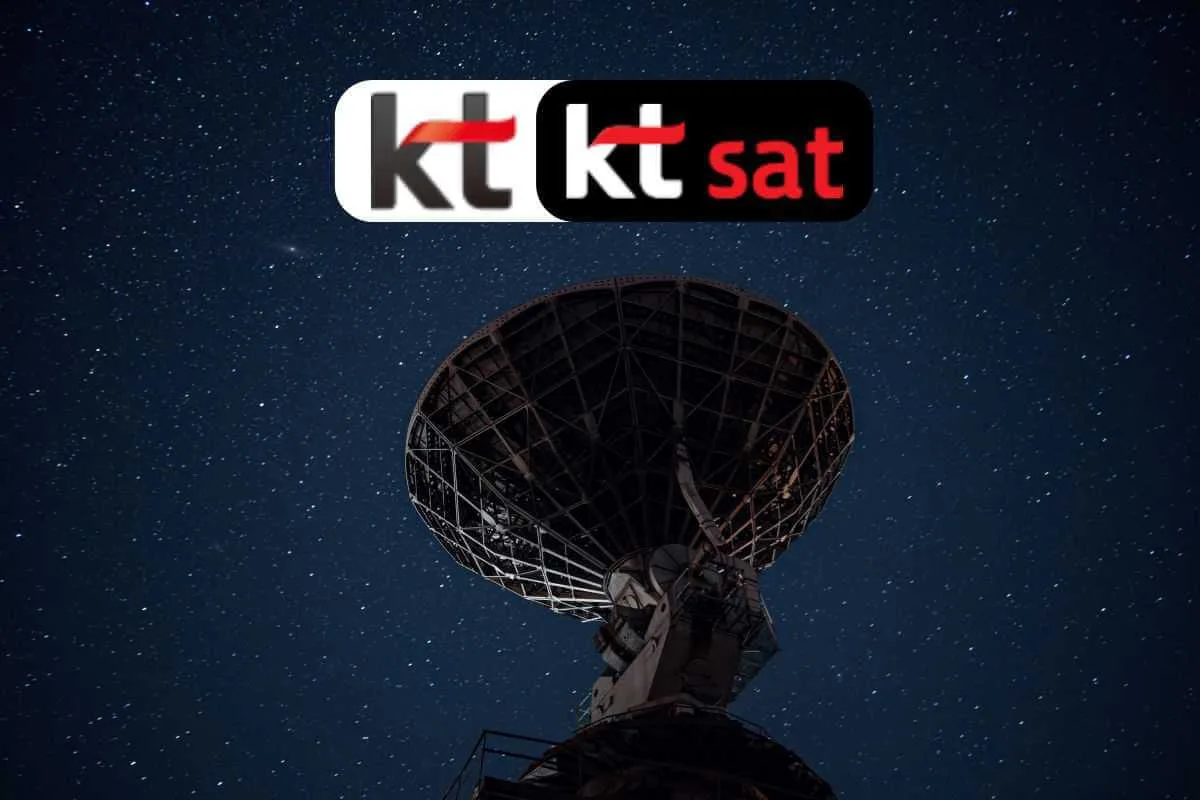
Korea Telecom (KT) and its satellite arm, KT SAT, have successfully linked terrestrial 5G networks with a satellite in geostationary orbit (GEO), which the companies claim is a world-first using 5G NTN (Non-Terrestrial Network) technology. KT announced on Monday that it has secured technology that works with KT SAT's satellite using 5G NTN, marking a crucial step in expanding communication coverage beyond the ground, particularly in remote areas such as seas, mountains, and aviation zones.
Also Read: Sateliot Expands 5G IoT Connectivity with Four New Satellites
5G NTN Connection to a GEO Satellite
In collaboration with Rodeshvarz Korea and Viavi Solutions Korea, KT conducted a test at KT SAT's Geumsan Satellite Center, linking 5G networks on the ground with the Mugunghwa Satellite 6 (KoreaSat 6), positioned 35,800 km above Earth in orbit, using the 5G NTN standard. The partners claim this is the world's first application of the 5G NTN standard to a geostationary Earth orbit (GEO) satellite.
Expanding 5G Coverage to Remote Areas
5G NTN is a standard technology that uses satellites to extend the 5G service range, beyond ground-based stations. Finalised in 2022 as part of 3GPP's Release 17, the 5G NTN standard enables continuous communication even in areas without ground infrastructure.
Although data transmission speeds via 5G NTN are slower than ground-based 5G, the technology is seen as vital for delivering uninterrupted services in hard-to-reach areas. It also addresses challenges such as signal delay and Doppler effects caused by satellite movement, according to the official release.
Also Read: MTN and Omnispace Partner to Develop Satellite IoT, 5G NTN services
Laying the Path for 6G
KT highlighted the importance of 5G NTN in shaping future 6G networks, where communication will extend beyond terrestrial limits to 3D spaces, including aviation. The company is also working on 3GPP Release 19, which will further standardise NTN technology. KT noted that the technology will be verified through a test as soon as the standard is finalised.
KT plans to expand this capability to other satellite platforms, including medium- and low-Earth orbit satellites, as well as high-altitude platform stations (HAPS), to ensure comprehensive global connectivity in the 6G era.
Also Read: KT SAT and Rivada Space Networks Sign MoU for Satellite Network Connectivity
"NTN technology, which began to be defined in the 5G Advanced standard, will become a core technology of 6G in the future," said the Managing Director of KT's Network Research Institute. "In the 6G era, communication coverage will expand beyond ground limits into 3D aviation spaces, ushering in a true era of ubiquitous communication."















